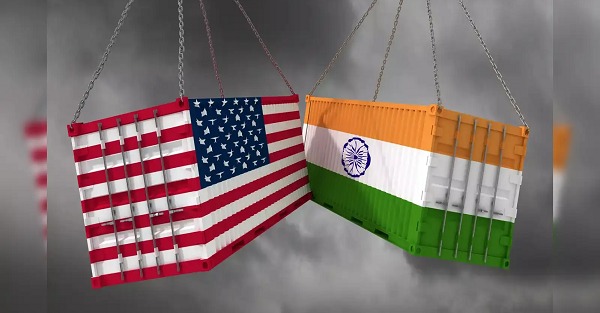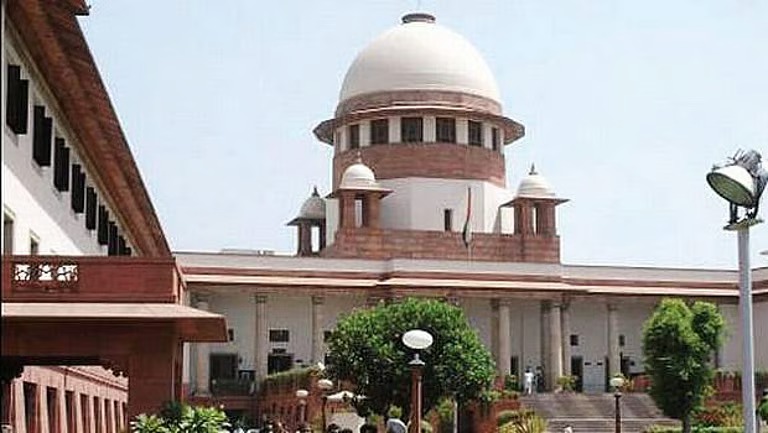Sanjay K. Agrawal, J
1. Learned Govt. Advocate appearing for the petitioner / State would submit that the Labour Court has not recorded a finding that respondent No.1 -
workman worked for a continuous period of 240 days preceding the date of termination and by only setting out pleading and evidence, a conclusion
has been reached and the order of reinstatement has been passed which is liable to be set aside.
2. No one appears for respondent No.1.
3. I have heard learned counsel for the petitioner / State and went through the record with utmost circumspection.
4. At this stage, it would be appropriate to notice Sections 25-B, 25-F and 25-G of the Industrial Disputes Act, 1947 (for short, 'the ID Act, 1947'),
which state as under:-
25-B. Definition of continuous service.-For the purpose of this chapter.-
(1) a workman shall be said to be in continuous service for a period if he is, for that period, in uninterrupted service, including service which may be
interrupted on account of sickness or authorised leave or an accident or a strike which is not illegal, or a lock-out or a cessation of work which is not
due to any fault on the part of the workman;
(2) where a workman is not in continuous service within the meaning of clause (1) for a period of one year or six months, he shall be deemed to be in
continuous service under an employer-
(a) for a period of one year, if the workman, during a period or twelve calender months preceding the date with reference to which calculation is to be
made, has actually worked under the employer for not less than-
(i) one hundred and ninety days in the case of a workman employed below ground in a mine; and
(ii) two hundred and forty days, in any other case;
(b) for a period of six months, if the workman, during a period of six calender months preceding the date with reference to which calculation is to be
made, has actually worked under the employer for not less than-
(I) ninety-five years, in the case of a workman employed below ground in a mine; and
(ii) one hundred and twenty days, in any other case.
25-F. Condition precedent to retrenchment of workmen.-No workman employed in any industry who has been in continuous service for not less than
one year under an employer shall be retrenched by that employer until-
(a) the workman has been given one month's notice in writing indicating the reasons for retrenchment and the period of notice has expired, or the
workman has been paid in lieu of such notice, wages for the period of the notice;
(b) the workman has been paid, at the time of retrenchment, compensation which shall be equivalent to fifteen days' average pay [for every completed
year of continuous service] or any part thereof in excess of six months; and
(c) notice in the prescribed manner is served on the appropriate Government [or such authority as may be specified by the appropriate Government by
notification in the official Gazette].
25-G. Procedure for retrenchment.- Where any workman in an industrial establishment, who is a citizen of India, is to be retrenched and he belongs to
a particular category of workmen in that establishment, in the absence of any agreement between the employer and the workman in this behalf, the
employer shall ordinarily retrench the workman who was the last person to be employed in that category, unless for reasons to be recorded the
employer retrenches any other workman.
5. Onus to prove 240 days' continuous service, lies on the workman (See State of M.P. Vs. Arjunlal Rajak (2006) 2 SCC 711).
6. Burden to prove that workman worked for continuous period of 240 days in a year lies on the workman so as to entitle him to the benefit of Section
25-F of the ID Act, 1947. (See Krishna Bhagya Jal Nigam Ltd. v. Mohd. Rafi (2006) 9 SCC 697.)
7. The Supreme Court in the matter of State of Punjab v. Bhag Singh (2004) 1 SCC 547 Â has held as under:-
6. Even in respect of administrative orders, Lord Denning, M.R. in Breen v. Amalgamated Engg. Union (1971) 1 All ER 1148 Â observed: The giving
of reasons is one of the fundamentals of good administration."" In Alexander Machinery (Dudley Ltd. v. Crabtree 1974 ICR 120 (NIRC) it was
observed: ""Failure to give reasons amounts to denial of justice. Reasons are live links between the mind of the decision -taker to the controversy in
question and the decision or conclusion arrived at."" Reasons substitute subjectivity by objectivity. The emphasis on recording reasons is that if the
decision reveals the ""inscrutable face of the sphinx"", it can, by its silence, render it virtually impossible for the courts to perform their appellate function
or exercise the power of judicial review in adjudging the validity of the decision. Right to reasons is an indispensable part of a sound judicial system,
reasons at least sufficient to indicate an application of mind to the matter before court. Another rationale is that the affected party can know why the
decision has gone against him. One of the salutary requirements of natural justice is spelling out reasons for the order made, in other word, a speaking-
out. The ""inscrutable fact of a sphinx"" is ordinarily incongruous with a judicial or quasi-judicial performance.
8. Very recently, the Supreme Court in the matter of Mohd. Ali v. State of H.P. and others 2018(5) Scale 717 dealing the similar issue emphasized the
need for working 240 days in one calendar year preceding the date of termination held as under:-
9. It is a well known fact that the Industrial Disputes Act is a welfare legislation. The intention behind the enactment of this Act was to protect the
employees from arbitrary retrenchments. For this reason only, in a case of retrenchment of an employee who has worked for a year or more, Section
25F provides a safeguard in the form of giving one month's prior notice indicating the reasons for retrenchment to the employee and also provides for
wages for the period of notice. Section 25B of the Act provides that when a person can be said to have worked for one year and the very reading of
the said provisions makes it clear that if a person has worked for a period of 240 days in the last preceding year, he is deemed to have worked for a
year. The theory of 240 days for continuous service is that a workman is deemed to be in continuous service for a period of one year, if he, during the
period of twelve calendar months preceding the date of retrenchment has actually worked under the employer for not less than 240 days.
12. Further, it is an admitted position that though the appellant worked as such till 1991 under different work/schemes i.e. Rabi and Kharif and
completed 240 days in a calendar year only during the years 1980, 1981, 1982 and 1986 to 1989 but he worked only for 195 days in the year 1990 and
19.5 days in the immediate preceding year of his dismissal which is below the required 240 days of working in the period of 12 calendar months
preceding the date of dismissal, therefore, he is not entitled to take the benefits of the provisions of Section 25F of the Act and Division Bench of the
High Court was right in dismissing the appeal of the present appellant.
9. Reverting to the facts of the present case, it appears that the Labour Court has simply recorded a finding that respondent No.1 has worked from
1991 to 2000 regularly and he worked 240 days in one year. There is no finding that in the year 2000, before the date of his termination, he
continuously worked for 240 days in that calendar year.
10. In view of the findings recorded by the Labour Court, it is clear that no specific finding has been recorded that the employee concerned has in fact
completed 240 days in one calendar year preceding the date of termination. The Labour Court has simply recorded a finding that termination of the
workman comes under the definition of retrenchment and the mandatory provisions of retrenchment have not been followed, which is in violation of
the principles of natural justice. The Labour Court ought to have recorded a specific finding that the workman worked for continuous period of 240
days in a year so as to entitle him to the benefit of Section 25-F of the ID Act, 1947 as held by Their Lordships of the Supreme Court in Mohd. Ali
(supra). Thus, I deem it appropriate to remit back the matter to the Labour Court to consider the matter afresh and the Labour Court shall record a
specific finding that the workman had worked for a continuous period of 240 days in one calendar year preceding the date of termination and shall also
record a specific finding with regard to the principle of ""last come, first go"". Such an exercise will be done by the Labour Court within a period of
three months from the date of receipt of a certified copy of this order.
11. The writ petition is allowed to the extent indicated herein above. No order as to costs.

